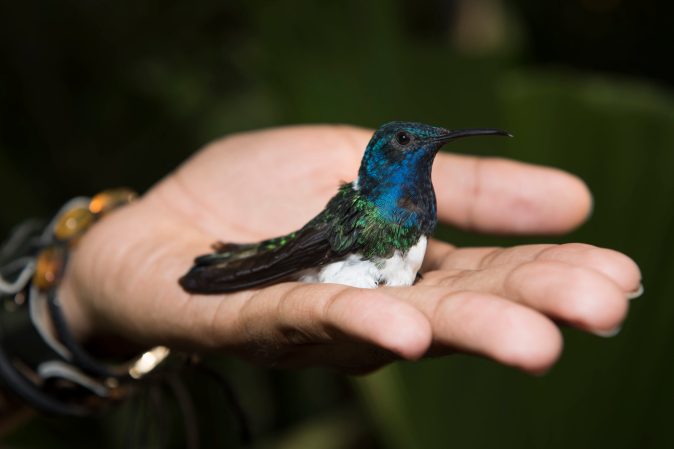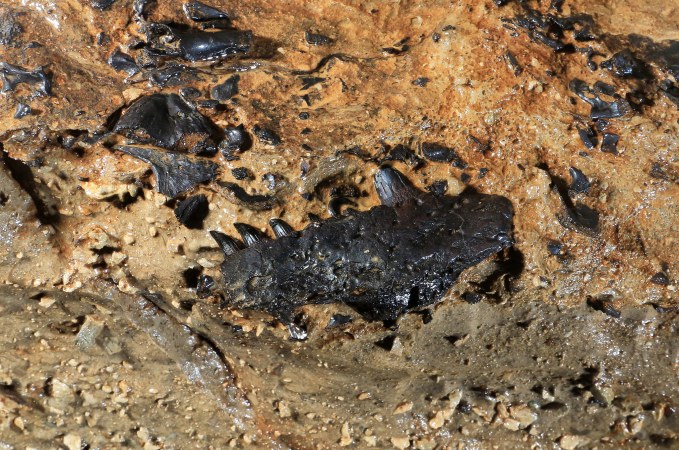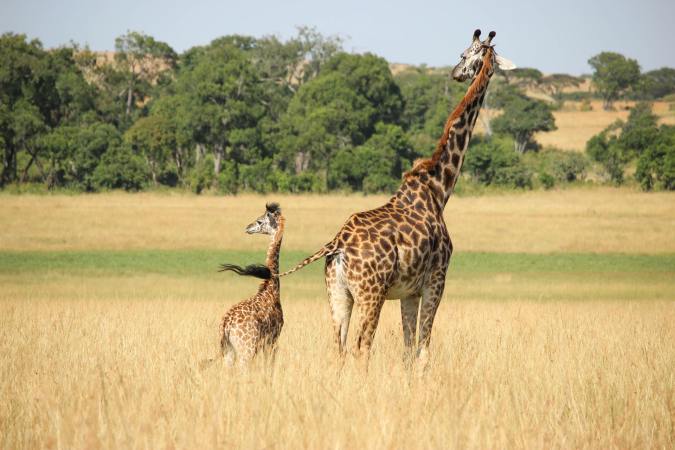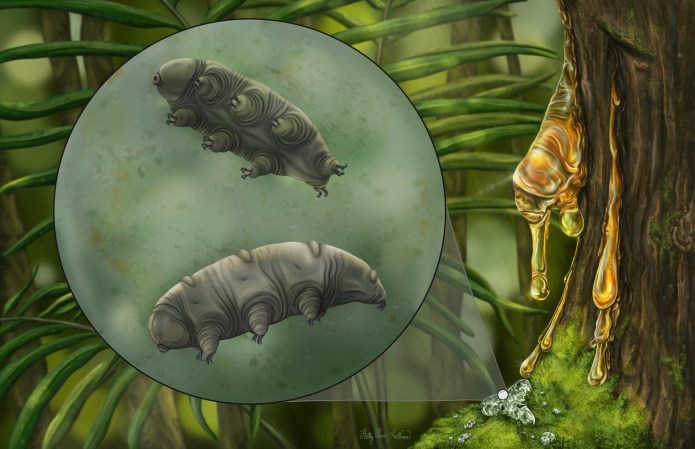

It looks like Tyrannosaurus rex has another relative to add to its ever-growing family tree. In 2017, Badlands Dinosaur Museum crew member Jack Wilson spotted the remains of what turned out to be a new species of tyrannosaur, named Daspletosaurus wilsoni, or D. wilsoni. Wilson first saw a small, flat piece of bone projecting out of the bottom of a cliff at the Judith River Formation in northeastern Montana. The fossil Wilson spotted turned out to be part of the dinosaur’s nostril.
Additional fossils were uncovered between 2017 and 2021, including skeletal fragments of a rib and toe bone and parts of a fossilized skull. Those bits were enough to determine this was a new species, as detailed in a paper published on November 25 in the journal Paleontology and Evolutionary Science. The remains date back to 76.5 million years ago, during the Cretaceous period, millions of years before T. rex stomped through the Late Cretaceous.
[Related: Is T. rex really three royal species? Paleontologists cast doubt over new claims.]
One of D. wilsoni‘s unique features is an arrangement of spiked hornlets around its eyes. It also has a mix of attributes that were found in more primitive types of tyrannosaurs, such as prominent set of horns around the eye. It also boasts physical features more common in later members of this group, including the famed T. rex. One of these more advanced tyrannosaur features is a tall eye socket and expanded air-pockets inside of the skull.
“In this way, D. wilsoni is a ‘halfway point’ or ‘missing link’ between older and younger tyrannosaur species,” wrote study authors Elías Warshaw, a paleontology student at Montana State University and Denver Fowler, a paleontologist and curator of Badlands Dinosaur Museum, in a statement.

The Tyrannosaur family is large: It has nine genera, which falls above species and below family in the system that classifies animal and plants. The family includes a genus of predators called daspletosaurs, which lived about 79.5 million and 74 million years ago, during the Late Cretaceous Period. The team believes that D. wilsoni is an intermediate daspletosaur, the descendant of Daspletosaurus torosus, and the predecessor of Daspletosaurus horneri. Daspletosaurus is Greek for “frightful lizard,” and the specimen was nicknamed Sisyphus, in reference to the myth of the man cursed to push a boulder up a hill for eternity. It took an enormous amount of effort to extract the bones from the surrounding rock, including removing about 25 feet of stone from the top of the skeleton.
In North America during the Late Cretaceous, multiple closely related species made up the evolutionary families of dinosaurs. It was previously thought that these species lived at the same time, which would be evidence of what biologists call branching evolution. However, newly discovered specimens such as this one and a better understanding of when the animals lived has changed how paleontologists understand dinosaur evolution.
[Related: The T. rex ‘dynasty’ reigned for more than 125,000 generations.]
“We can now see that many of these species are actually very finely separated in time from each other, forming consecutive ladder-like steps in a single evolutionary lineage where one ancestral species evolves directly into a descendant species,” wrote Warshaw and Fowler.
This process is called anagenesis, or linear evolution. It is different from cladogenesis evolution, where successive branching events create many closely related species that that look similar but are evolutionary “cousins,” not descendants and ancestors.
“The new study supports the addition of tyrannosaurs to a growing list of dinosaurs (including horned and duckbilled dinosaurs) for which anagenesis (linear evolution) has been proposed,” said Warshaw and Fowler. This suggests that linear evolution may be more widespread in dinosaurs and that branching evolution occurs less frequently than previously thought.
Warshaw is currently conducting more detailed research into the link between T. rex and Daspletosaurus.























